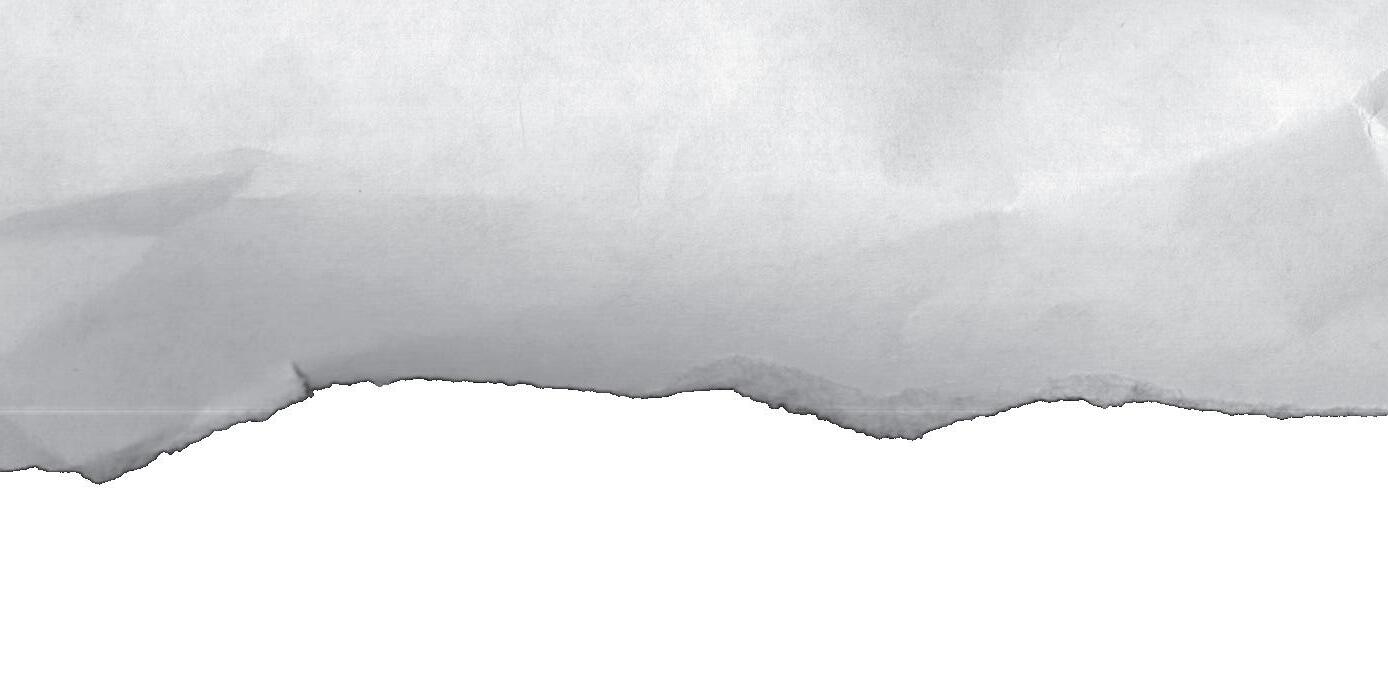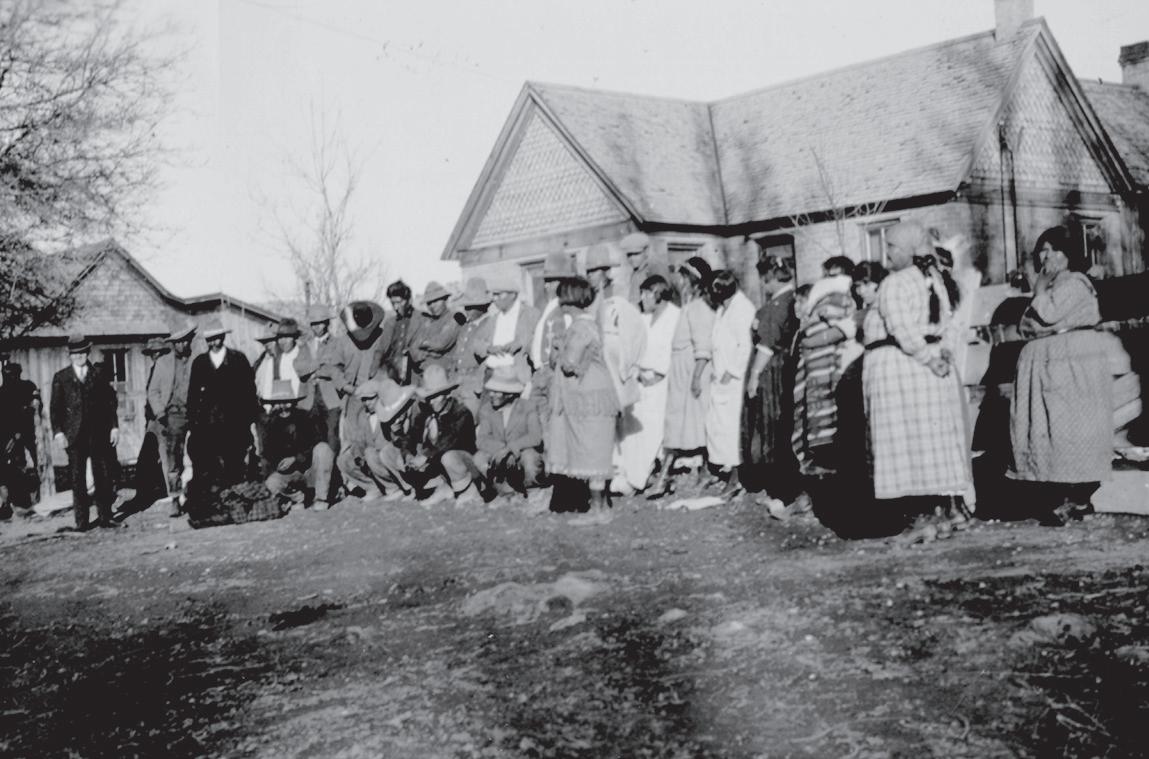
2 minute read
The Legend of the
Southern Utah University’s campus was built in 1897 on the homeland of the Southern Paiute Native American Tribe. The Southern Paiutes have lived in this area, now known as southern Utah, since time immemorial. Early Utah settlers displaced the Paiute people, and the tribe entered into an era of great trials, as Tribal Administrator Shane Parashonts described. Parashonts is an enrolled member of the tribe, and for the past six years has worked closely with SUU creating opportunities for collaboration between the tribe and the university. Although the tribe owns reservation land and has established relationships with SUU and the Cedar City community in the present day, their history tells of hardships overcome, resiliency and rich traditions that live on today.
The Paiute Tribe of Utah is made up of five bands that exist throughout southern Utah: the Kanosh Band, the Koosharem Band, the Shivwits Band, the Indian Peaks Band and the Cedar Band, the last two being located in town.
Advertisement
“Our headquarters is in Cedar City, Utah. The leaders chose to headquarter the tribe in Cedar because it was a central spot between [the five bands],” explained Parashonts.
When the state entered the Union in 1849, the name “Utah” was chosen, originating from the name of the Ute Native Americans, who were known as the people of the mountains. The whole state of Utah was once territory of the Paiute and other Native American tribes. While the Southern Paiutes still lived in the Cedar City area, the displacement caused by settlers devastated life as they had known it, and they would face great adversity as they adapted to the new way of life.
Unfortunately, by the 1950s, the Southern Paiutes were one of the tribes to have been terminated from federal recognition in a series of laws and acts signed by President Dwight D. Eisenhower. This termination took away the federal government’s responsibility to assist the tribe with federal benefits or respect the lands they once owned.
“In the 1970s, our leaders formed and came together and united to fight for and pursue restoration legislation,” Parashonts said. His father, Travis Parashonts, was one of the leaders of this pursuit. “During the tribe’s fight for regaining its federal recognition, one of the processes they had to go through was a lot of public meetings. There was a lot of input from the community.” In 1980, the tribe’s federal recognition was reinstated through these efforts, restoring to the Southern Paiute their land and establishing resources to improve their living conditions.
SUU was, at the time, called Southern Utah State College. “The school was a strong advocate for the tribe in supporting their pursuit to regain recognition,” said Parashonts. “Even back in the ‘70s, the college was supporting the tribe and our efforts in doing right to the wrongs that were done to our tribe.”
Parashonts has worked closely with the last three presidents of SUU. The tribe and the university have organized opportunities for students to be introduced to the people and culture that came long before SUU, such as a traditional dance that all new students watch on the final day of freshman orientation.











